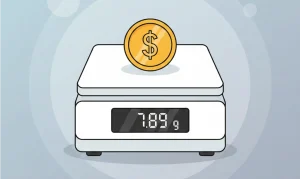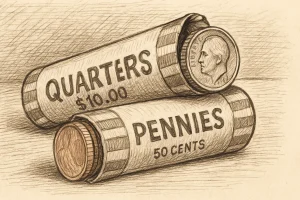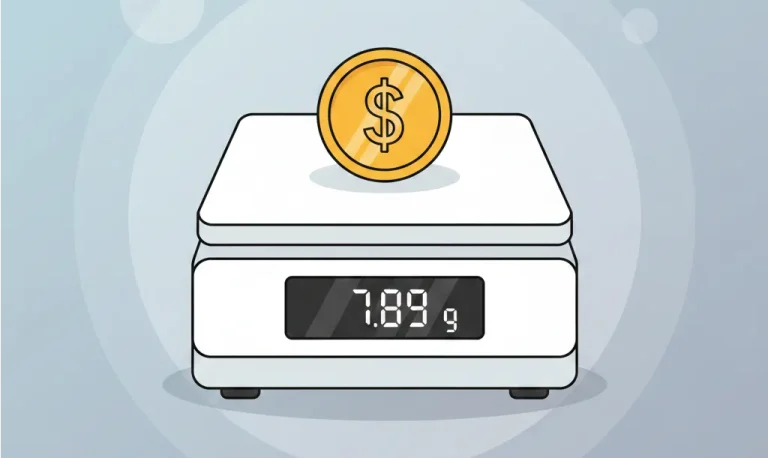When people think of coin collecting, their minds often jump to rare, one-off pieces: a 1909-S VDB penny, a 1916-D Mercury dime, or a double die Lincoln cent. But for many collectors, especially those with a passion for hands-on discovery, there’s another route to building and exploring a collection.
We’re talking about coin rolls. Today we will discuss their pros and cons for collectors and cover all the basic questions, so you’ll understand how many quarters in a roll are there and whether you have any chance to find a treasure inside.
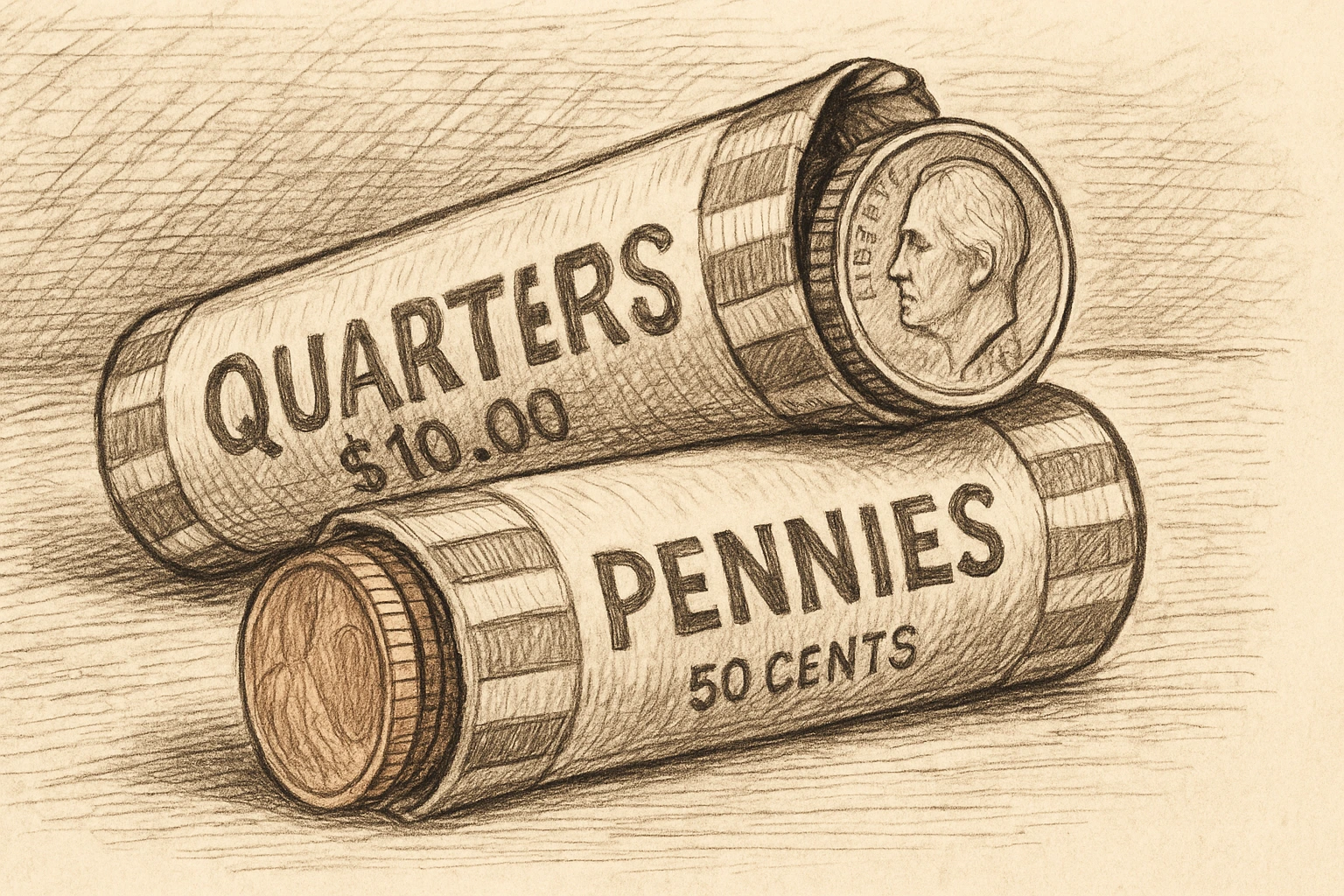
What Are Rolls of Coins?
A coin roll is a cylindrical bundle containing a fixed number of coins of the same denomination. These are usually machine-wrapped by banks or manually rolled by collectors or dealers. Each U.S. denomination has a standardized roll format:
| Denomination | Coins per Roll | Face Value |
| Pennies (1¢) | 50 coins | $0.50 |
| Nickels (5¢) | 40 coins | $2.00 |
| Dimes (10¢) | 50 coins | $5.00 |
| Quarters (25¢) | 40 coins | $10.00 |
| Half Dollars (50¢) | 20 coins | $10.00 |
| Dollars ($1) | 25 coins | $25.00 |
Rolls can be obtained from several sources—your local bank, coin dealers, estate sales, and even online auctions. While bank-wrapped rolls are often touted as “unsearched,” it’s the ones from estate sales or older dealer stock that may contain hidden gems.
But why bother buying coins en masse when you could cherry-pick rarities?
Why Collectors Buy Rolls
1. Treasure Hunting Excitement
Imagine cracking open a roll of quarters only to spot a 1964 silver piece gleaming among modern clads—or uncovering a rare error coin like a misaligned die strike. This potential for discovery is what drives many collectors to hunt through rolls. It’s not unlike buying a lottery ticket—with much better odds and educational value.
2. Cost-Efficient Bulk Collecting
When purchased at or near face value, rolls offer an accessible path to building a collection, especially for newcomers. Instead of spending $10 on one coin, you could spend the same on a roll and potentially find multiple collectible-worthy pieces.
3. Practical for Building Date Sets
If you’re aiming to build out a full date-and-mintmark set of Roosevelt dimes, for example, buying rolls allows you to gather many coins in a single purchase. Even if you don’t find anything rare, you’re still populating your album.
4. Learning by Doing
Coin roll hunting naturally boosts your knowledge. As you sort, inspect, and catalog, you sharpen your eye for spotting varieties, grading conditions, and understanding mint marks. This hands-on exposure is invaluable, especially when paired with proper reference tools.
A Collector’s Motivation: Hobby or Investment?
One of the most important things to understand about collecting rolls is that the motivation behind it matters. Some people hunt rolls for silver stacking or resale value, while others do it purely for the thrill of discovery. Here’s how to assess your angle:
| Goal | Rolls Are a Good Fit? |
| Build a bulk silver/copper hoard | Yes – older rolls may contain valuable pre-1965 silver coins or 1982-and-earlier copper pennies. |
| Collect key dates or varieties | But you’ll need patience and a discerning eye. |
| Turn a quick profit | No – the time investment often outweighs the monetary return. |
| Learn and enjoy the hobby | Absolutely – roll hunting is one of the best interactive ways to engage. |
Whether you’re a new hobbyist or a seasoned numismatist, coin rolls provide a tangible, tactile experience unmatched by simply browsing coins online.
Where to Find Coin Rolls (and Which Ones Are Worth It)
You can get coin rolls from four main sources, each with its own pros and cons:
- Banks: Best for “unsearched” rolls at face value. Great for modern-date searching and occasional silver finds.
- Coin Dealers: Offer vintage or specialty rolls, but often at a premium. Verify reputation before buying.
- Estate Sales: Sometimes yield older, unsearched rolls—but be cautious of condition.
- Online Platforms (eBay, forums): Convenient but risky. “Unsearched” usually isn’t. Read reviews and seller history carefully.
Collectors often debate the legitimacy of “unsearched” claims. In reality, most rolls labeled this way have been at least partially examined. Your safest bet? Bank-wrapped rolls or sealed Federal Reserve boxes. They won’t promise immediate treasures, but they’re the most authentic option for real roll hunting.
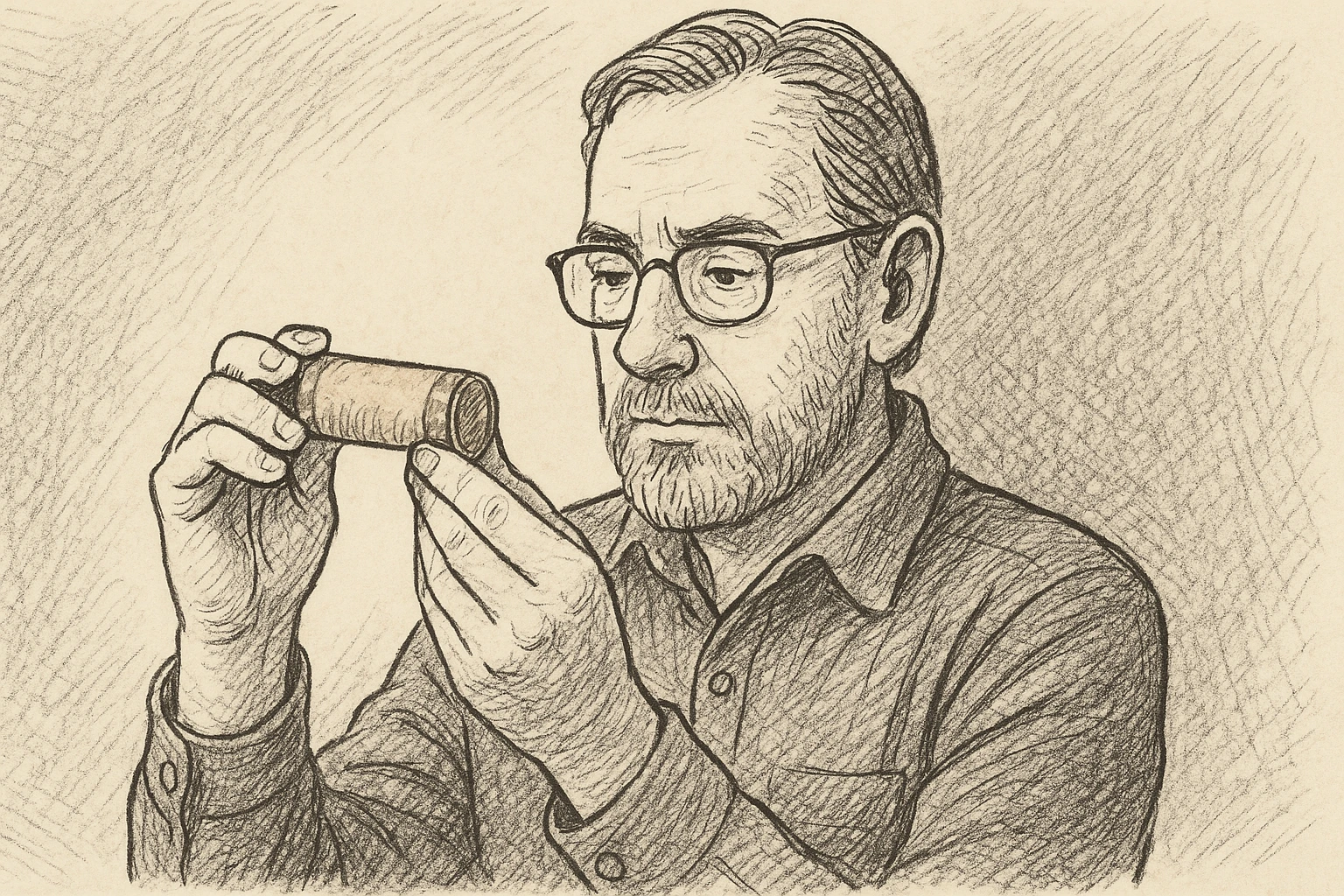
Pros and Cons of Collecting Coin Rolls
Let’s break down the main benefits and challenges:
Benefits
| Advantage | Why It Matters |
| Treasure Hunt Potential | Rolls can contain rare dates, mint errors, or high-grade coins that slipped through circulation. |
| Cost Efficiency | You can collect at or near face value—especially if sourcing from banks. |
| Educational Experience | Sorting rolls hones your knowledge of mintmarks, coin types, and grading standards. |
| Easy to Store and Organize | Rolls are compact and reduce coin-on-coin damage, making them ideal for long-term storage. |
Example:
A collector might find a 1983-P Washington Quarter with a reverse die break—worth $50 to $100—while sifting through a standard $10 roll.
Challenges
| Challenge | Why It’s a Problem |
| Mostly Common Coins | Most rolls contain modern, low-value coins—even in good condition. |
| “Searched” or Cherrypicked Rolls | Rolls from online sellers or estate dealers may have already been examined and stripped of value. |
| Storage Risks | Improper storage—humidity, heat, or rough handling—can lower value dramatically. |
| Time Investment | Identifying and cataloging takes time and effort, often with little financial return. |
Pro Tip:
Avoid buying “unsearched” rolls from unverified sellers on marketplaces unless you’re doing it for fun or education, not profit.
Key Considerations Before Buying Rolls
Before diving headfirst into coin roll collecting, ask yourself the following:
1. What Are You Collecting For?
| Motivation | Recommended? |
| Learning/Exploration | Ideal – it’s a hands-on learning method. |
| Building a silver/copper stack | With careful sourcing, rolls can yield precious metal coins. |
| Finding key dates or errors | Possible but rare – prepare for long odds. |
| Quick flipping for profit | Not recommended – inconsistent ROI and high time cost. |
If your goal is to build a unique, meaningful collection, rolls offer a fun, sustainable approach. But if you’re looking for guaranteed profit, direct purchases of certified coins are a better route.
2. Where Are You Getting Your Rolls?
- Banks: Safe, face-value pricing, best for modern circulation coins.
- Coin Dealers: Check reputation; often more expensive, but potentially better quality.
- Estate Sales & Auctions: Can be a goldmine or a gamble—know your prices and be selective.
- Online Sellers: Only buy from sellers with long-standing credibility and transparent grading.
3. Are You Ready to Organize and Store Coins Properly?
Managing hundreds of coins requires planning. Ask yourself:
- Do I have storage tubes or folders to protect and sort coins?
- Am I logging finds in a spreadsheet or digital app?
- Do I handle coins with gloves or soft cloth to preserve condition?
Proper storage prevents oxidation, scratches, and long-term damage—especially for older or valuable coins.
Best Practices for Responsible Collectors
A methodical, informed approach sets serious collectors apart from casual hobbyists. Follow these guidelines:
Educate Yourself First
- Learn key minting years, varieties, and historical context.
- Bookmark sites like the U.S. Mint Collecting Basics or Numismatic News for credible insights.
Stay Organized
- Log each find: year, mint mark, grade, and any notable features.
- Use a spreadsheet, notebook, or dedicated app (like Coin ID Scanner—covered in the next section).
Handle with Care
- Never clean coins; it destroys collectible value.
- Always hold coins by the edges and use gloves when possible.
- Store in a cool, dry place using acid-free materials.
Set a Budget
- Avoid the temptation to overspend on speculative “treasure rolls.”
- Know when a roll is priced too high for its potential value.
Join Collector Communities
- Online forums, local coin clubs, and social media groups are excellent places to learn, swap rolls, and verify information.
The Modern Collector’s Edge: Coin ID Scanner
If you’ve ever sat down with a pile of coins and felt overwhelmed trying to identify varieties or remember which ones you already own, Coin ID Scanner was made for you. It’s more than just an identification app—it’s a complete numismatic assistant.
Key Features That Make Coin Roll Hunting Easier
| Feature | What It Does | Why It’s Useful |
| Photo Identification | Snap or upload a coin image | Instantly get coin type, country, mintage years, metal content, edge style, weight, and value |
| Coin Detail Cards | Displays detailed specifications and known variants | Great for comparing similar coins or spotting errors |
| Collection Management | Digital vault for cataloging your finds | Prevents duplicates, tracks progress toward full sets |
| Extensive Database | 187,000+ coins across global mints | Helps with obscure foreign coins often found in mixed rolls |
| Smart Filters (Premium) | Narrow searches by year, composition, region, and more | Saves time and hones in on valuable targets |
| AI Coin Helper | Smart assistant for manual lookups and suggestions | Ideal when facing worn or tricky coins with unclear markings |
This kind of power—literally in your pocket—makes roll collecting more efficient and insightful. Instead of second-guessing or missing rare variations, you can let the app guide your decisions with data-backed confidence.
Why This Matters for Roll Collectors
The benefit of Coin ID Scanner is especially obvious when working with bulk finds. After opening several rolls, you may be dealing with hundreds of coins—some valuable, some not. Instead of laboring over every detail manually, you can:
- Scan and catalog instantly, streamlining your workflow
- Assign condition grades and values for easier resale or trade decisions
- Spot errors and misstrikes that might otherwise go unnoticed
- Create a visual, searchable inventory you can access anytime
In essence, you go from a casual sorter to a structured collector with clear records, smart tracking, and fewer missed opportunities.
Final Thoughts: The Joy of the Hunt Meets the Power of Technology
Coin roll hunting remains one of the most exciting, educational, and hands-on aspects of numismatics. The thrill of opening a fresh roll and wondering what lies inside taps into every collector’s sense of curiosity and discovery. It’s a tangible connection to history, craft, and currency—all rolled into one.
But as with any pursuit, your results depend on your strategy.
Let’s recap what makes roll collecting worth your time:
- It’s cost-effective for beginners and experts alike
- It sharpens your knowledge of mintmarks, years, and grading
- It holds the chance—however slim—of finding valuable coins
- It becomes exponentially more powerful with the right tools
With apps like Coin ID Scanner, today’s collectors aren’t just relying on luck or outdated catalogs. They’re armed with real-time data, AI-driven support, and digital collection tracking that makes every roll a smarter investment of time and effort.

